
When we need to have a dental procedure done, it never ceases to make us a bit skittish. After all, surgery is never a fun thing to do. But there really isn’t anything to fear – the dental industry understands that patients are nervous and have developed IV sedation as an option prior to the procedure, so you can rest at ease. Because you may be a bit hesitant, here are some of the benefits of having IV sedation during your next dental procedure:
- IV sedation kicks in right when it’s first administered, and the drug dosage can be altered to fit each individual patient.
- A safe level of deep sedation can be reached with IV sedation, as where oral sedation and inhalation sedation can be unpredictable. IV sedation is safe and effective.
- Certain treatments can be performed at a fast pace and with fewer office visits with the help of IV sedation.
- With IV sedation, your gag reflex is greatly diminished. If you are using IV sedation for gag reflex, then your dentist may try inhalation sedation first.
- IV sedation allows patients to be conscious, while also relaxing them. This allows them to cooperate with the dentist instructions and be relaxed at the same time.
- Recovery time is typically shorter with IV sedation. This is mostly because the drug dosage can be tailored.
Now that you’ve gotten a little more familiar with sleep dentistry, you don’t need to worry about that dental procedure you’ve been dreading. Get that much need dental procedure done. Don’t let your dental anxiety or sensitive gag reflex keep you from visiting the dentist.
If you have questions or concerns about the effects of IV sedation, make an appointment today with Dr. Philip Schnall at 212-247-7059 or visit our website at www.philipschnalldmd.com.
Dr. Schnall proudly serves New York and all surrounding areas.
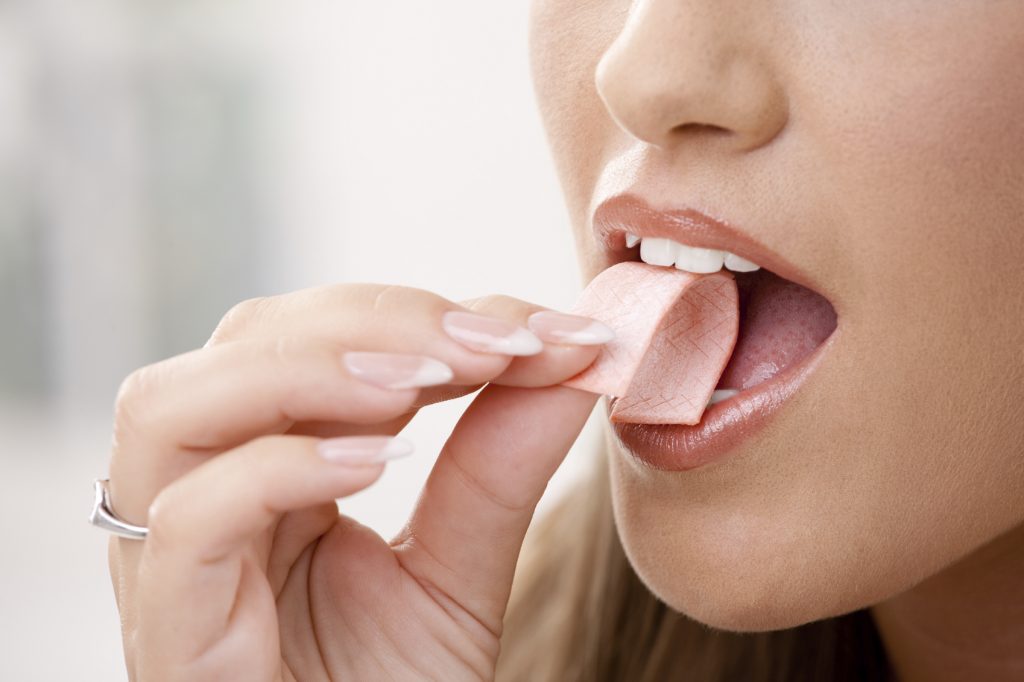
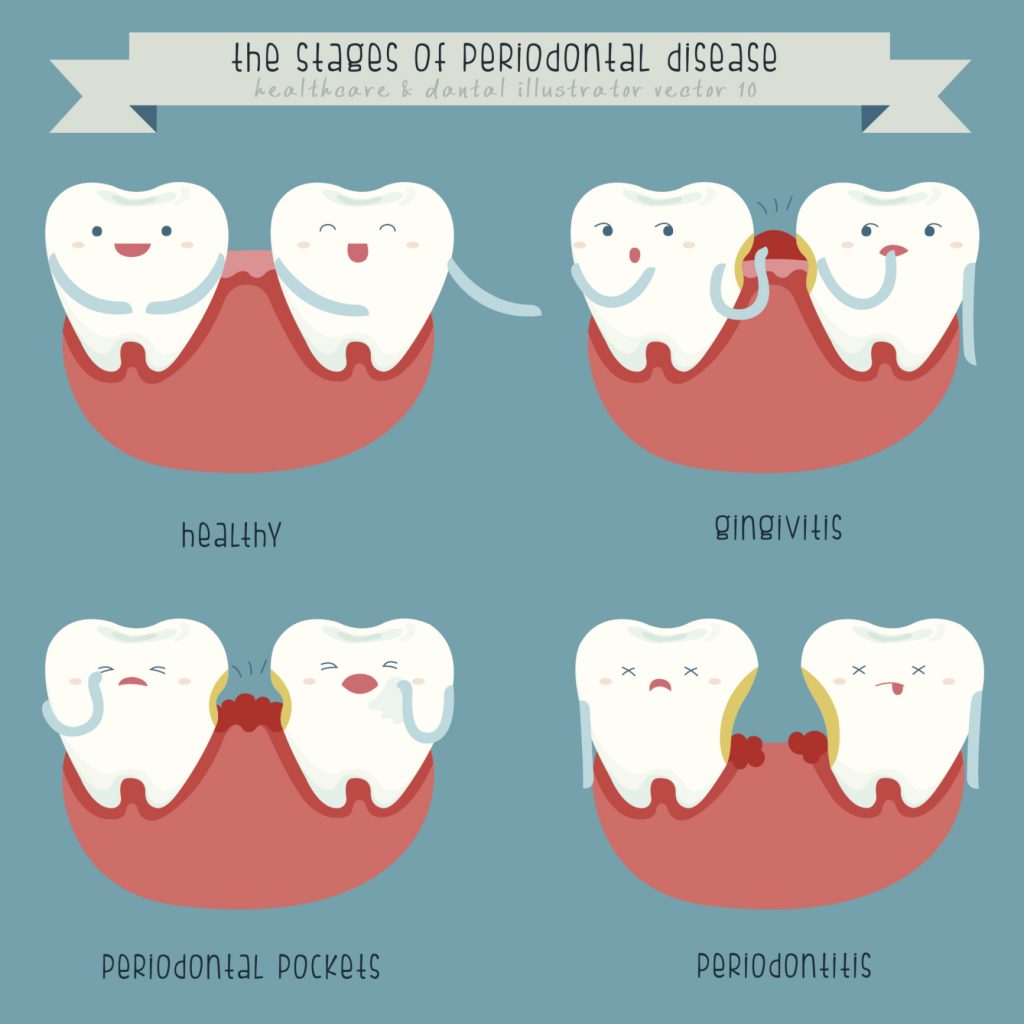
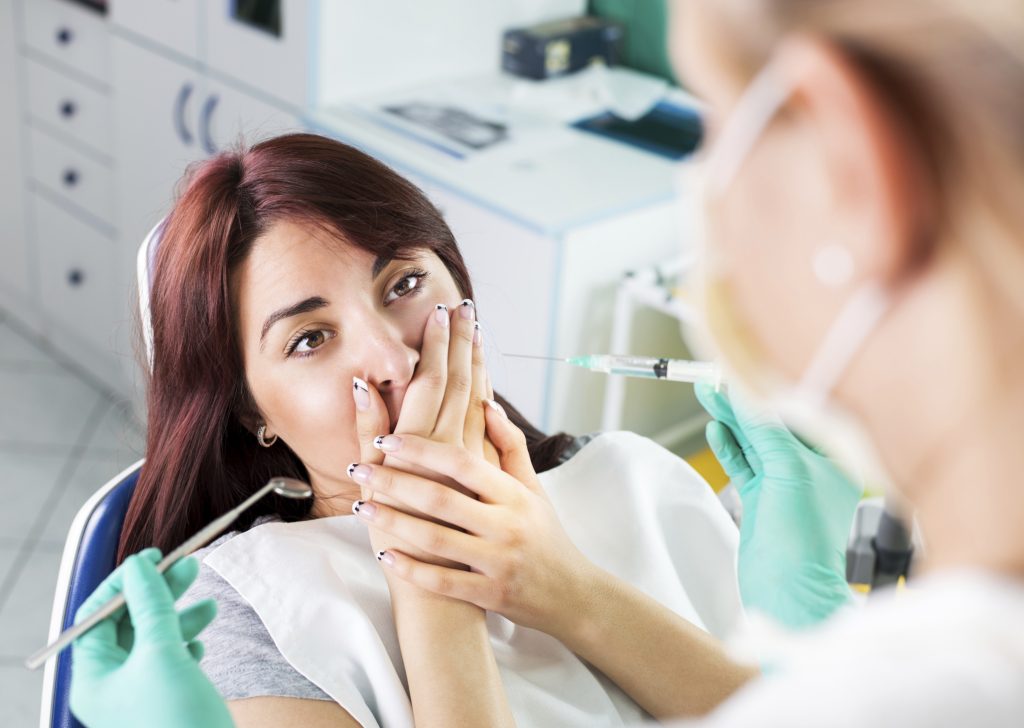

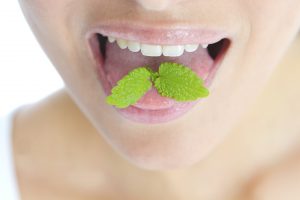
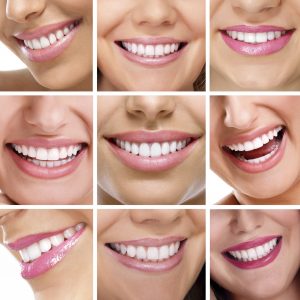
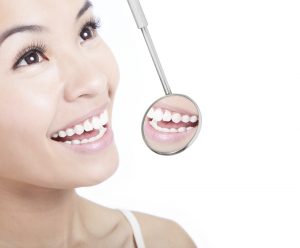
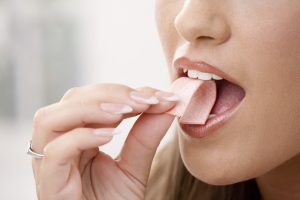 Periodontal disease is one of the most common problems Americans face – as many as half of American adults have some level of periodontal disease, and that percentage increases at higher ages. Periodontal, or gum, disease can take many forms – from mild gingivitis, with symptoms like red inflamed gums to severe periodontal disease, where pus from infections can push teeth from their socket.
Periodontal disease is one of the most common problems Americans face – as many as half of American adults have some level of periodontal disease, and that percentage increases at higher ages. Periodontal, or gum, disease can take many forms – from mild gingivitis, with symptoms like red inflamed gums to severe periodontal disease, where pus from infections can push teeth from their socket.